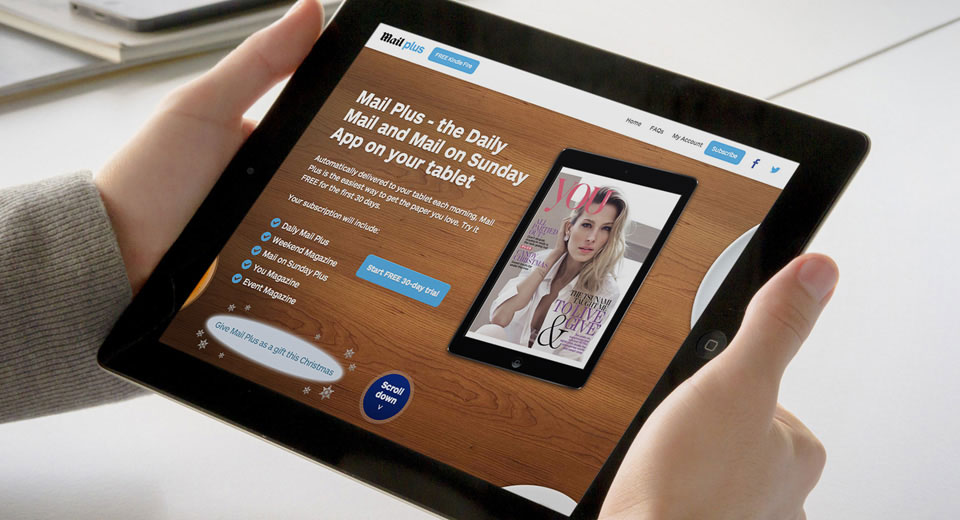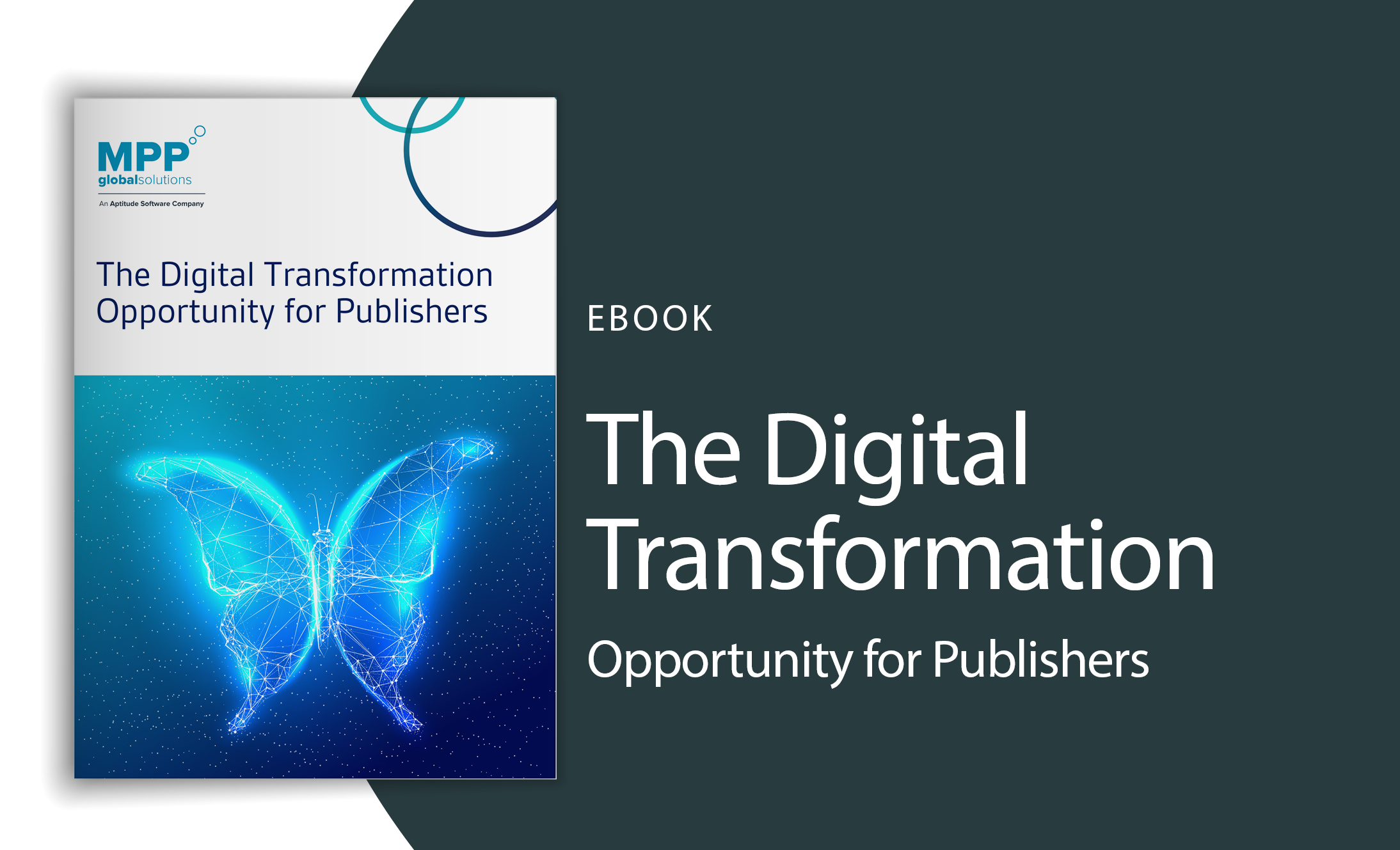3 Tips for eCommerce Marketers Navigating the Subscription Landscape

Marketers are under a lot of pressure nowadays with increased responsibilities and a stronger foothold on the impact the department drives within an organization. They are not only required to send email campaigns, plan events, create content and stay relevant on social media platforms, but also implement a strategy involving all of these direct and indirect channels to ultimately engage the end user by delivering personalized and meaningful experiences at scale.
Add the eCommerce landscape to the mix along with a recurring revenue business model and marketers are faced with a heightened set of sophisticated and intricate expectations from potential and existing customers along with unparalleled value for the money they’re paying.
In this blog, we’ll cover our top three ways eCommerce marketers can stay ahead of the curve while navigating the subscription landscape.
Leverage the Power of Data Analytics
Data analytics plays a huge role in the success of the subscription e-commerce business model. The greatest challenge facing these companies today is the sheer volume of customer data that is being collected and making sense of it all. In a recent article by consulting firm, McKinsey & Company [1], they mention machine-learning models being leveraged by the media industry to help storytellers fine-tune their writing and to be able to tell the ultimate story based on the preferences of the audience.
E-commerce companies must adopt a similar outlook on leveraging data to get into the minds of customers and predict their likes and dislikes. This is where machine-learning based recommendation systems can be extremely useful. AI technology can help organizations process collected data points to know the preferences of their customers and the data can be deciphered through analytics tools to gain an even more holistic view into consumer trends and behavior.
Three ways AI can work for you:
-
Defining Your Target Customer
You can make an educated guess based on movement of inventory but if you can back up that movement with demographic information, popular distribution channels, day of the week and time windows etc., you’ll be able to set a strategic plan around your product’s perfect customer and target them accordingly.
-
Expand Your Loyal Customer Base
Another extremely important piece of this puzzle is customer retention. By leveraging machine learning, your organization can dive deeper into your current customers’ preferences and behaviors, so you can tailor your offerings backed by data as well as roll out with further avenues that provide increased engagement and exceptional value.
-
Evolve Your Product
Evolution and expansion of products and services is a natural process for most organizations. By leveraging the data of current customers, you’ll be able to gain insight on what customers respond most positively to as well as what which areas you might want to consider discontinuing to create bandwidth for new areas of your business.
Meet the Customer at Every Opportunity
We’re currently living in the Age of the Customer where customers expect the products they want when they want them, how they want them and will pay for them via methods they deem makes the most sense. In a recent insights article, McKinsey & Company report that the subscription e-commerce market has grown more than 100 percent year over year over the past five years so it’s no surprise that brands and retailers are eager to adopt this business model for monetization [2].
Now more than ever, marketers are being tasked with the enrichment and measurement of customer experience so CX is being directly linked to the level of customer engagement [3]. What brands need to recognize is that they no longer have the upper hand and will need to play by the customers rules. Customers will dictate your successful business model and if you’re able to adapt to cater to these consumer demands, you’ll thrive.
According to Forrester, a large part of customer engagement is through emotion [4]. An easy way to start engaging customers is through the power of recognition. Whether it be for milestones, small and large, life events that your brand may become aware of or something as simple as a birthday, making this personal connection with the customer can go a long way in building loyalty and creating a feel-good sentiment around your brand.
Experiment, Experiment and Experiment Some More
To really understand where opportunities with your potential and current customers lie, you’re going to need to experiment. A lot.
You’ll need to create ads for different products, A/B test copy, test which images work best; the list can seem endless. Experimentation, iteration and striving for perfection is what will eventually help you bring in customers and drive sales. Once you’ve identified profitable and impactful channels to drive interest, you can start experimenting with your website.
Many organizations start with experimentation on their website first. However, there’s no way of really knowing how visitors and customers are responding to your tweaks and changes if you don’t have any. Be open to having your assumptions about what really works proven wrong – you won’t know until you try a variety of experimentations and back them up with data.
Sources
- https://www.mckinsey.com/business-functions/mckinsey-analytics/our-insights/ais-growing-impact?hootPostID=5c4f42031cf2aa32352ace09560dd5d8
- https://www.mckinsey.com/industries/high-tech/our-insights/thinking-inside-the-subscription-box-new-research-on-ecommerce-consumers
- https://cmocouncil.org/thought-leadership/reports/the-state-of-engagement
- https://www.forrester.com/report/The+US+DigitalOnly+Retailers+Customer+Experience+Index+2017/-/E-RES141073
 us
us 










